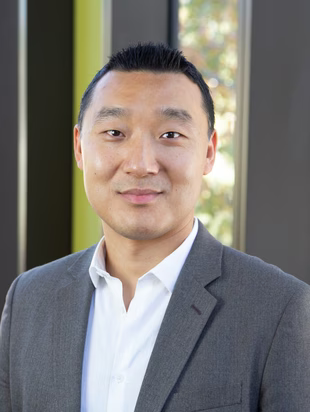
- This event has passed.
CIS Seminar: “Neurosymbolic AI for Safety-Critical Agile Control”
October 10, 2024 at 3:30 PM - 4:30 PM
This talk overviews research at Caltech on designing hybrid or neurosymbolic AI systems that blend learning with symbolic structure, in order to achieve both the flexibility of the former and the formal interpretability and generalization power of the latter. By having systems that are formally interpretable, one can employ a wide range of formal analysis techniques to verify important properties of the overall system, such as those related to safety and stability, as well as use those analyses to guide system design and optimization. Focusing on formally interpretable structure arising from control and planning, I will present new algorithms and their deployment in a range of applications, including agile flight control under challenging and time-varying environments, controlling highly underactuated systems (e.g., one-legged hoppers), as well as briefly overview other related research.

Yisong Yue
Professor of Computing and Mathematical Sciences, California Institute of Technology
Yisong Yue is a Professor of Computing and Mathematical Sciences at the California Institute of Technology. He was previously a research scientist at Disney Research. Before that, he was a postdoctoral researcher in the Machine Learning Department and the iLab at Carnegie Mellon University. He received a Ph.D. from Cornell University and a B.S. from the University of Illinois at Urbana-Champaign. Yisong is also the General Chair of the ICLR 2025 (International Conference on Learning Representations). Yisong’s research interests are centered around machine learning, and in particular getting theory to work in practice. To that end, his research agenda spans both fundamental and applied pursuits, from novel learning-theoretic frameworks all the way to deployment in autonomous driving on public roads. His work has been recognized with multiple paper awards and nominations, including in robotics, computer vision, sports analytics, machine learning for health, and information retrieval. He also spends time in industry, working on autonomous driving and AI agent design.
